
Never Ever Say These 4 Things at a Funeral — No Matter the Situation
When it comes to funerals and expressions of sympathy, your words don’t need to be profound or poetic.

From Hollywood blockbusters to quiet late-night conversations under the stars, the question of whether humanity is truly alone in the universe has captivated generations. Every so often, reality tosses a spark into that timeless curiosity. This year, astronomers announced the detection of a new interstellar traveler—an object now officially named 3I/ATLAS—moving swiftly through our solar system.
Most experts describe it as a natural visitor: a piece of cosmic debris flung away from its home system ages ago. Yet a handful of scientists argue the discovery deserves closer scrutiny, not only for what it is but for what it might be. Some even entertain the idea—highly speculative, but intriguing—that it could be an artifact of intelligent design, perhaps an extraterrestrial probe with unknown intentions.
The mere suggestion has sparked both excitement and unease within the scientific community. On one side stand researchers willing to explore unconventional possibilities, arguing that science should not shy away from bold hypotheses. On the other side are skeptics who point to decades of cometary research and models of interstellar dynamics that comfortably explain the object’s properties without invoking extraterrestrial intelligence. This divergence of views reflects not only the mystery of space, but also the philosophical heart of science itself: balancing imagination with evidence.

On July 1, 2025, astronomers detected the object and quickly confirmed its interstellar origin. Its path, speed, and brightness set it apart from the millions of comets and asteroids catalogued within our solar system. Soon after, Harvard astrophysicist Avi Loeb and colleagues Adam Hibberd and Adam Crowl proposed a controversial idea in a new paper: while the most likely explanation is a natural comet, there remains a slim possibility that 3I/ATLAS could be an engineered craft—an extraterrestrial probe conducting reconnaissance.
Loeb observed that the object’s projected path will take it unusually close to Jupiter, Mars, and Venus before disappearing behind the Sun later this year. In theory, he argued, such a trajectory could offer a strategic advantage for a hypothetical operator, allowing instruments to be deployed under cover from Earth-based observation.
While the hypothesis grabbed headlines worldwide, many astronomers urged caution. Samantha Lawler, a planetary scientist at the University of Regina, emphasized that all available data so far are entirely consistent with a natural interstellar comet. She and others note that similar speculation arose around ‘Oumuamua in 2017, only for natural explanations to eventually prevail.
Even Loeb himself concedes that the probable explanation is natural, but maintains that considering “improbable” scenarios can still be valuable—so long as they remain grounded in testable predictions. In other words, the suggestion is less a declaration and more an invitation for rigorous inquiry.
Loeb and his collaborators frame their speculation as an exercise in possibility. If 3I/ATLAS were in fact an artificial probe, its current course through the solar system could serve more than a scenic route. The object will pass within observational range of multiple planets, each offering opportunities for close-up study. In theory, such flybys could be used to release smaller observational devices, gather planetary data, or even establish hidden monitoring stations.
The gravitational fields of Jupiter and Venus could also provide “slingshot” maneuvers, a technique well-known to human spacecraft engineers for altering speed and trajectory without using fuel. What makes this scenario more tantalizing is that the object will pass behind the Sun by late November, effectively vanishing from Earth’s telescopes for a period of time. If deliberate, such timing could allow activities to go undetected—mirroring stealth strategies familiar in Earth’s own military and intelligence operations.
However, as critics point out, this line of reasoning requires a chain of speculative assumptions. To move beyond theory, astronomers would need concrete evidence—such as unusual acceleration, energy emissions inconsistent with natural cometary outgassing, or surface materials that defy known compositions. Absent such data, the “spy probe” narrative remains an imaginative exercise rather than a substantiated claim.

For the majority of astronomers, the simpler explanation prevails: 3I/ATLAS is almost certainly a comet. Its velocity, luminosity, and composition fit comfortably within established models of icy interstellar bodies. Such objects are thought to be ejected from young planetary systems when gravitational interactions with massive planets fling them into deep space. Countless billions may drift silently between stars, and while only a few have been detected passing through our solar system, their arrival is not unexpected.
The two previous interstellar visitors—1I/‘Oumuamua in 2017 and 2I/Borisov in 2019—fueled similar debates. ‘Oumuamua, in particular, sparked intense discussion due to its elongated shape and odd acceleration. While some—including Loeb—argued it might be artificial, subsequent studies offered natural explanations involving outgassing or structural fragility. In the case of 3I/ATLAS, no such anomalies have yet been observed.
Scientists like Lawler point to Occam’s razor, the principle that the simplest explanation fitting all evidence should be preferred until proven otherwise. That does not mean dismissing bold ideas, but it underscores that extraordinary claims demand extraordinary proof. For now, all available evidence supports a natural interpretation.
Even though the artificial-probe idea is highly unlikely, its very existence as a hypothesis underscores the flexibility of the scientific method. Loeb and colleagues have outlined specific, testable predictions: if 3I/ATLAS deviates from its gravitational trajectory, that might indicate propulsion; if it emits unexpected electromagnetic signals, that could suggest artificial systems.
This approach ensures that even speculative ideas remain anchored in evidence. More importantly, the process of testing such ideas sharpens the tools of science. Instruments calibrated to detect anomalies in 3I/ATLAS could later prove invaluable for monitoring potentially hazardous asteroids, enhancing planetary defense systems, or studying future interstellar visitors.
Thus, even if the “spy probe” scenario collapses under the weight of evidence, the effort spent investigating it enriches astronomy’s capacity to handle the unknown. In that sense, the debate is not wasted energy but a rehearsal for bigger discoveries to come.

The unfolding story of 3I/ATLAS illustrates the delicate dance between curiosity and skepticism that drives scientific progress. Entertaining daring ideas encourages innovation, while grounding those ideas in testable evidence safeguards credibility.
Whether 3I/ATLAS proves to be an ordinary comet or something far stranger, its passage reminds us of the vast unknowns that surround our tiny corner of the cosmos. Each interstellar object is a messenger from another star system, carrying clues about planetary formation, galactic chemistry, and perhaps even the possibility of life elsewhere.
For the public, the lesson is clear: skepticism and wonder need not be opposites. We can remain open to extraordinary possibilities while demanding the rigorous evidence that gives science its strength. In a universe so immense and mysterious, this balance may be our greatest tool for transforming raw curiosity into meaningful understanding.

When it comes to funerals and expressions of sympathy, your words don’t need to be profound or poetic.




Ticks may be small, but their impact on human and pet health can be enormous.

Although they may look frightening or pitiful, they remain a natural example of how viruses can drastically alter an animal’s appearance.

If you love solving puzzles and challenges, this viral hidden words image is just for you!
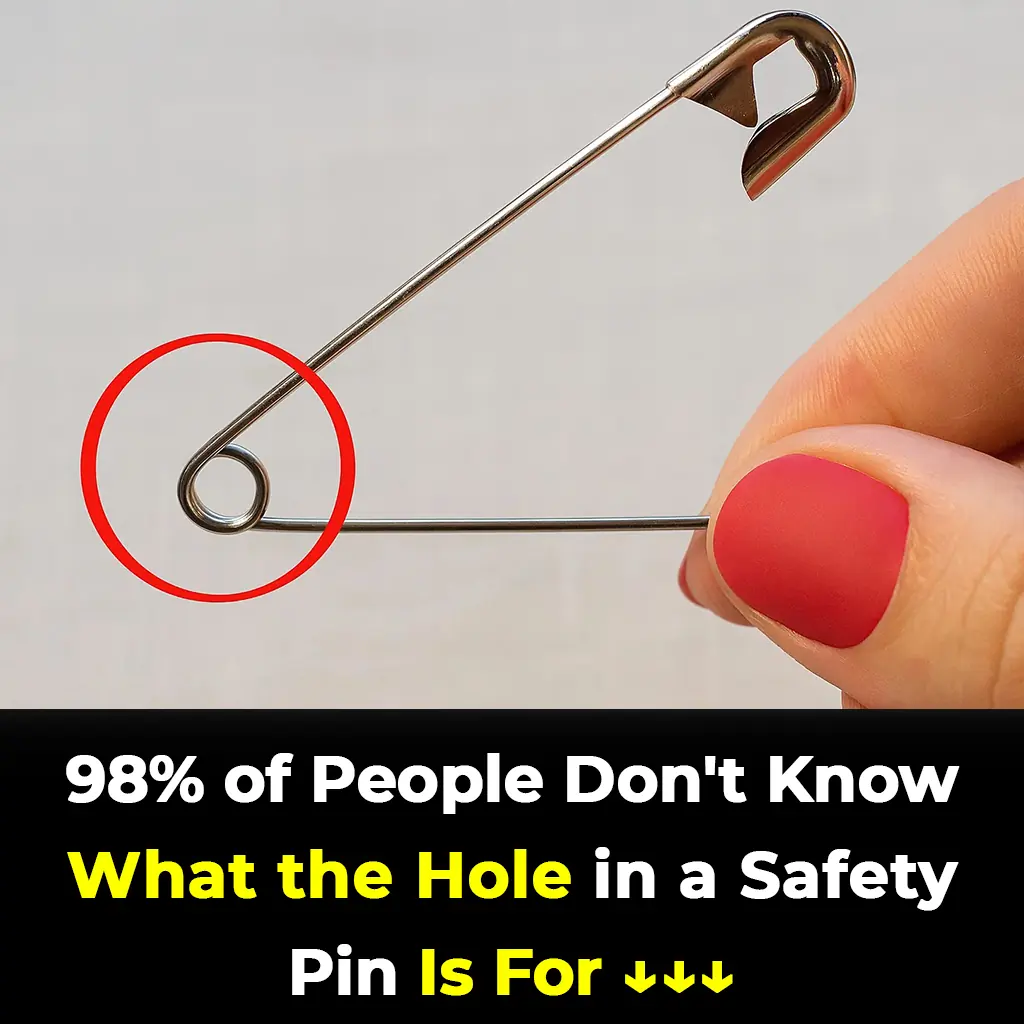
That tiny hole in a safety pin isn’t just decoration - it’s proof that even the simplest everyday tools can hide smart design secrets.
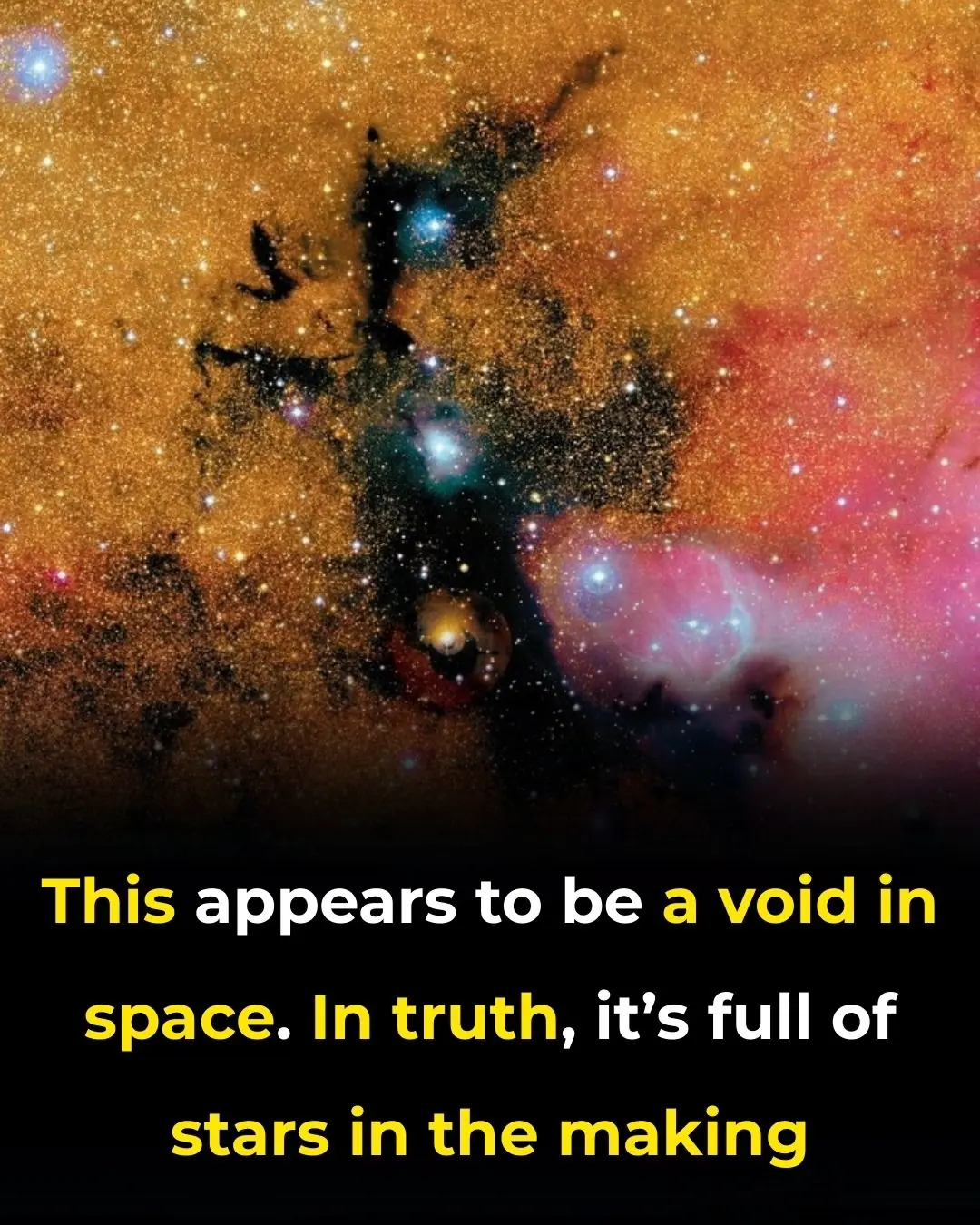
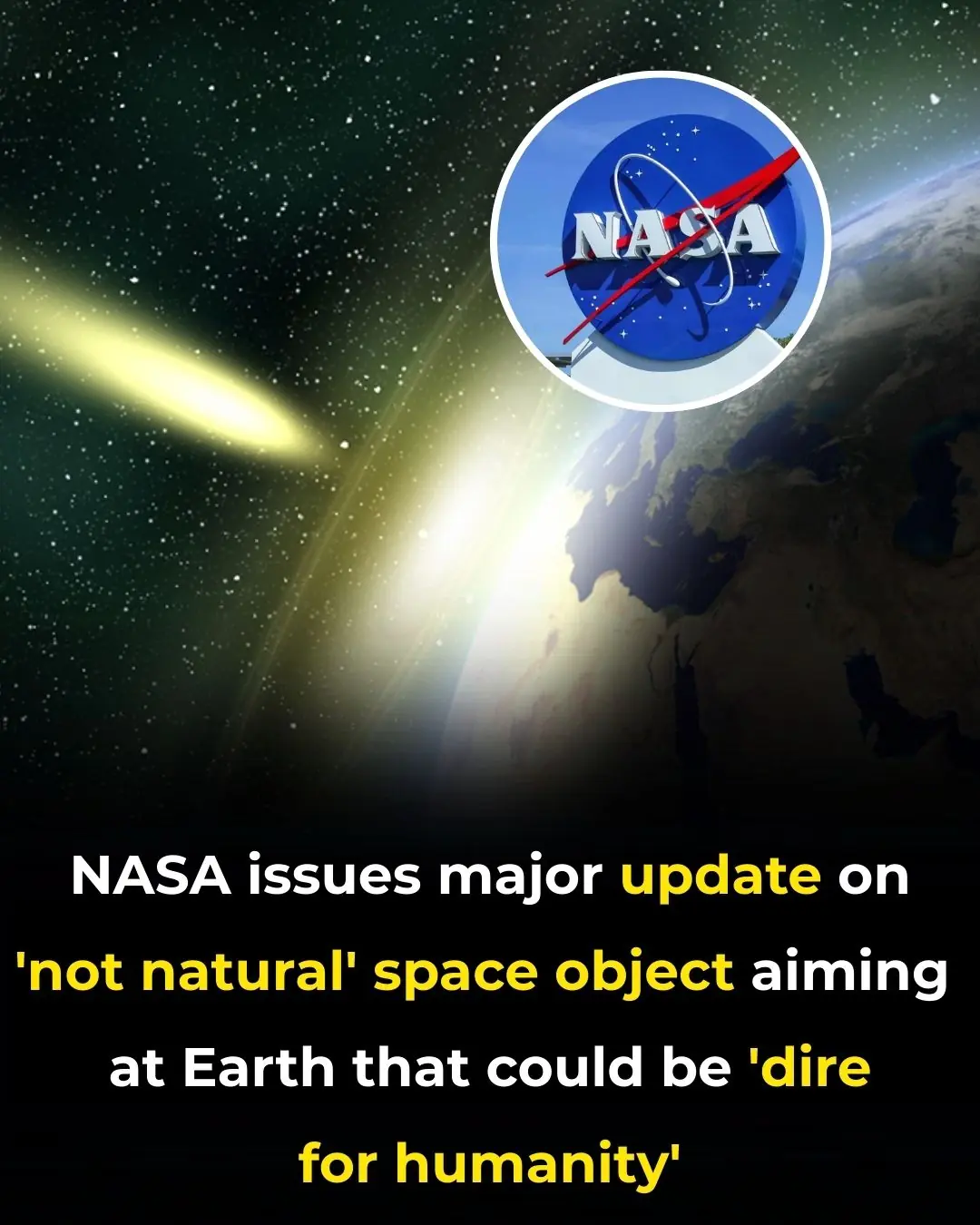




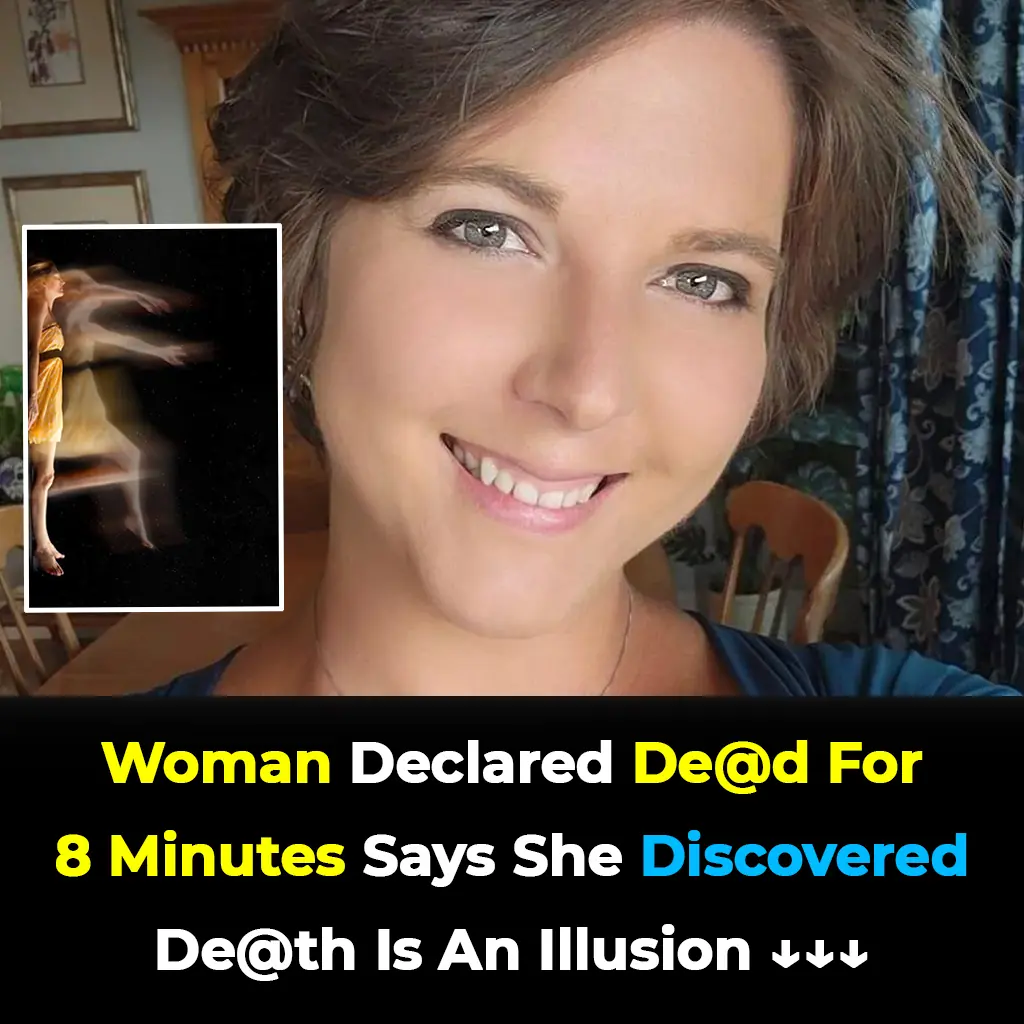
A 33-year-old woman from Colorado was clinically d:ead for eight minutes—yet she insists she never lost awareness and discovered that death is only an illusion. Her extraordinary account challenges science, spirituality, and everything we think we know
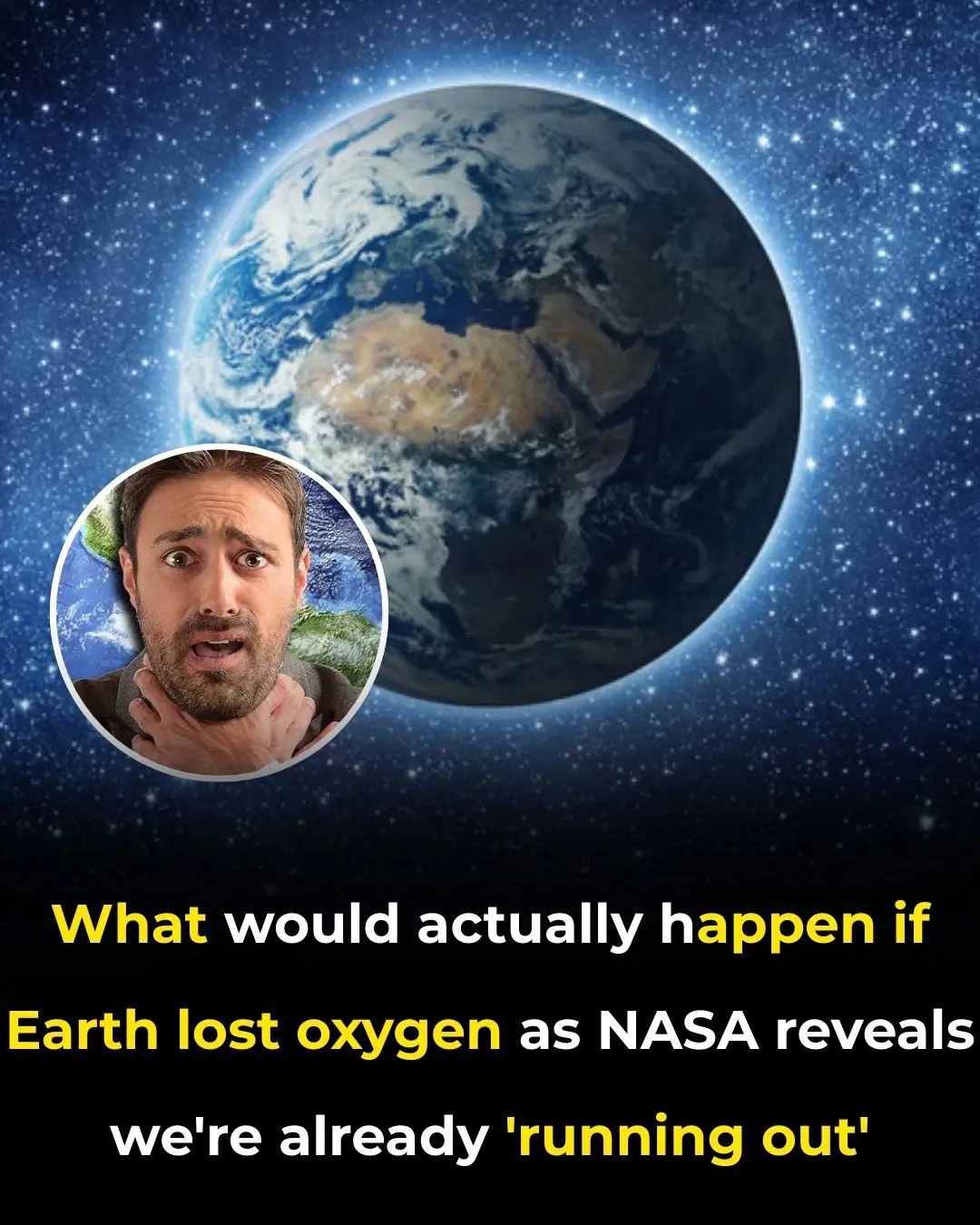
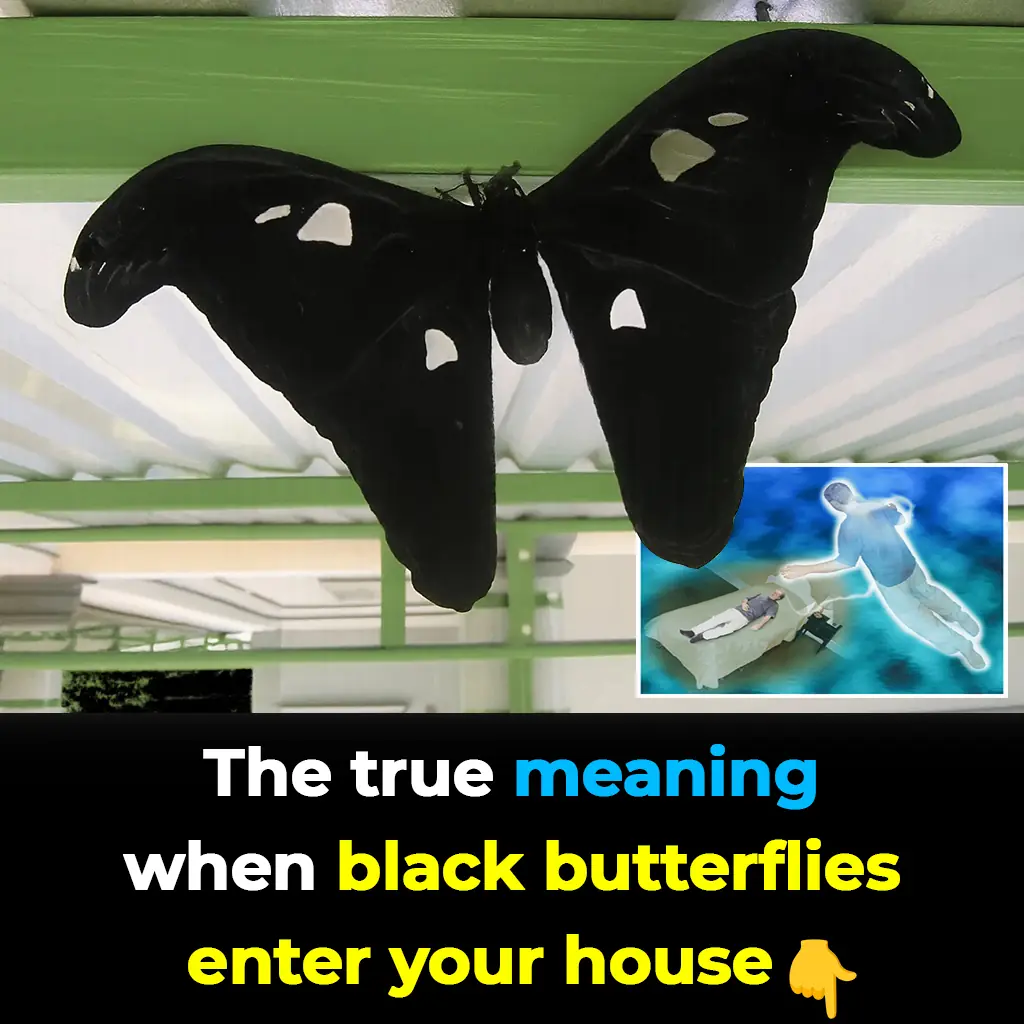
Black butterflies carry meanings that are as mysterious as they are beautiful.





When it comes to funerals and expressions of sympathy, your words don’t need to be profound or poetic.
















